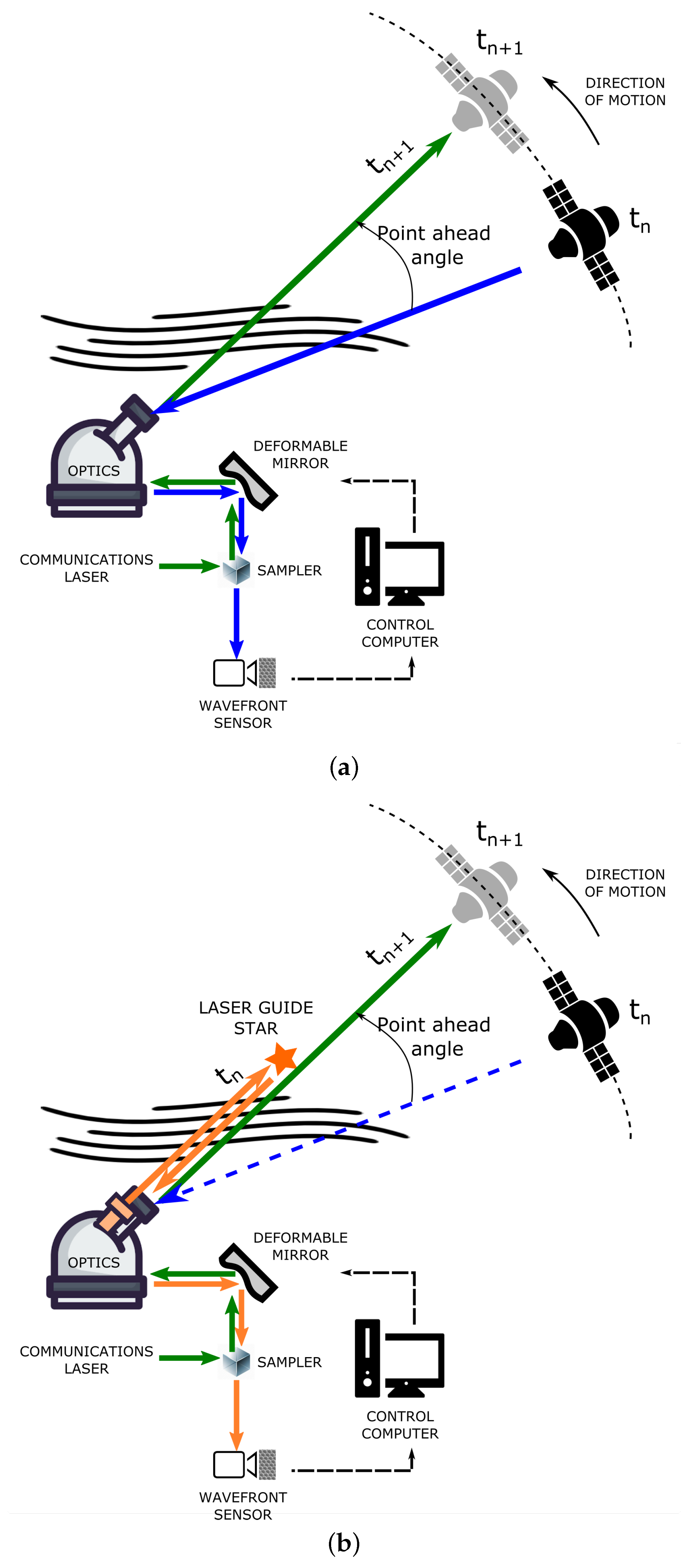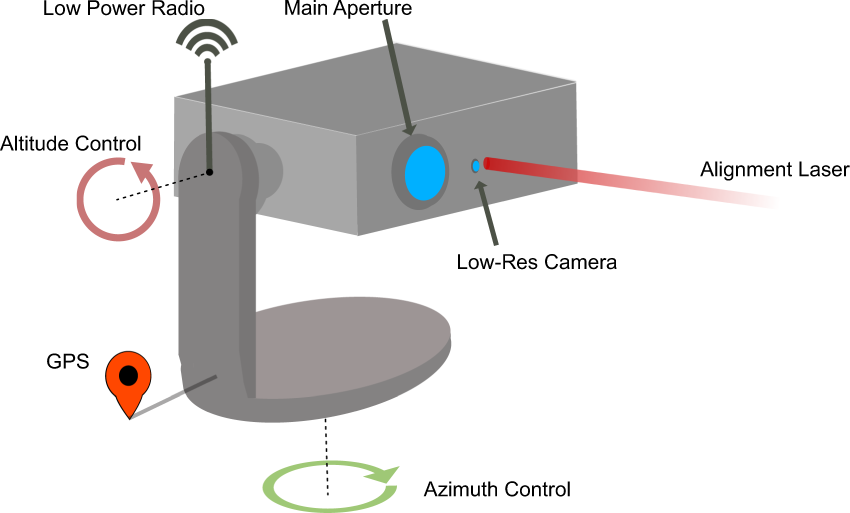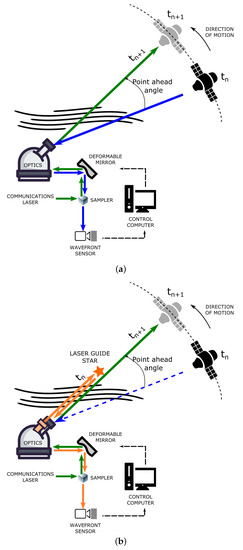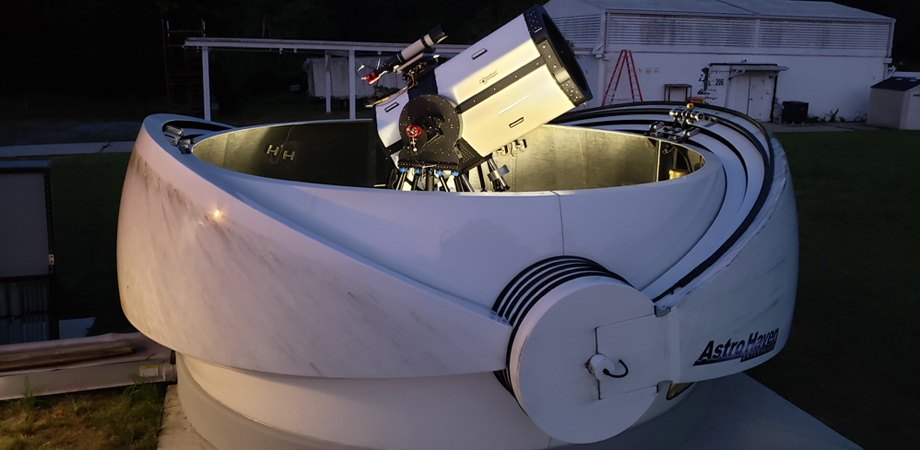Adaptive optics and ground-to-space laser communications
5 (150) · $ 22.00 · In stock
The relationships between laser communication system parameters and adaptive optics system parameters are addressed. Improvement in optical signal propagation between space-based receivers and ground-based transmitters is possible with adaptive optics systems that compensate for a few degrees of freedom. Beginning with the relationship between optical signal fade and surge and the atmospheric log-amplitude variance and coupling to expressions that combine adaptive optics systems performance with the reduction in log-amplitude variance, system level examinations of the effects of adaptive optics can be done. Examples are given that show the advantageous reduction in signal fade and surge when adaptive optics are built into the optical system.

Aalyria envisions communications revolution for Earth, the Moon and beyond - Breaking Defense

Adaptive optics effect on performance of BPSK-SIM oceanic optical wireless communication systems with aperture averaging in weak turbulence - ScienceDirect

PDF) Free Space Optical Communications Free Space Optical Communications

Photonics, Free Full-Text

A space division multiplexed free-space-optical communication system that can auto-locate and fully self align with a remote transceiver

Laser links are great for satellite relay, but challenges abound for taking it to ground - SpaceNews

Getting NASA Data to the Ground With Lasers

Space Technologies

Photonics, Free Full-Text

Optimisation of the pre-compensation phase for GEO-feeder optical uplinks

Free-space optics to connect the world

PHOTONICS APPLIED: FREE-SPACE COMMUNICATIONS: Sophisticated optical systems extend reach of free-space communications

laser communictions free-space optics special report











